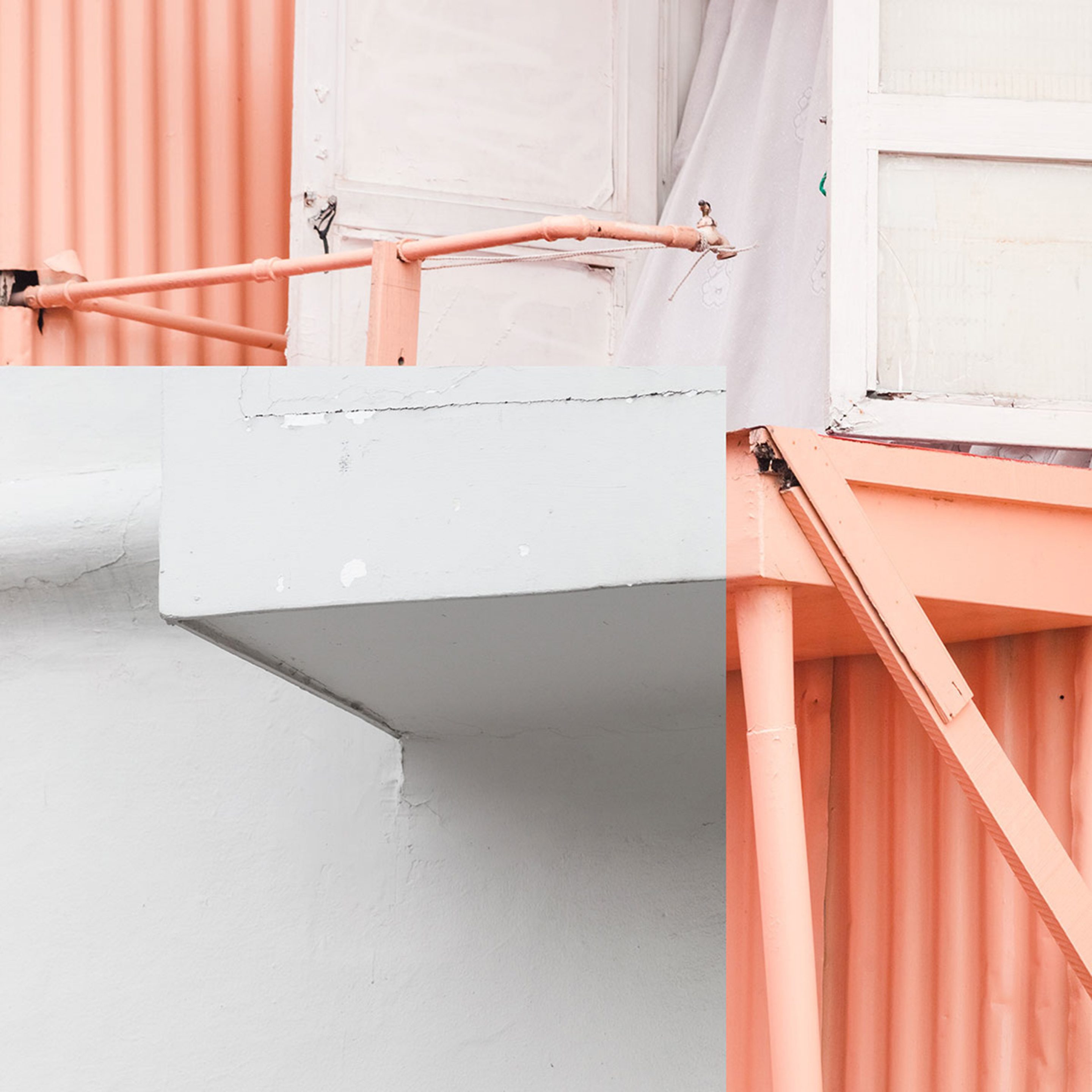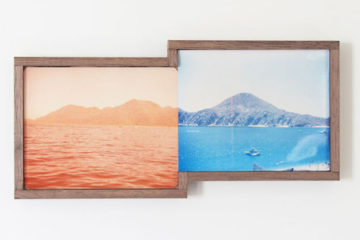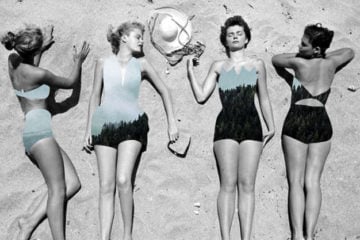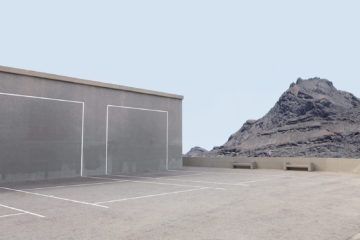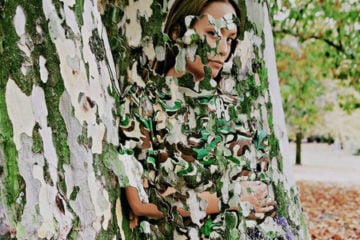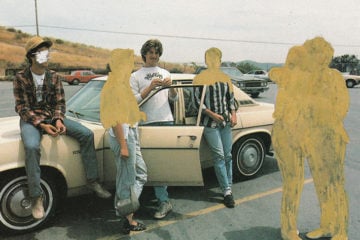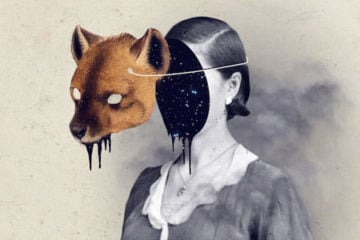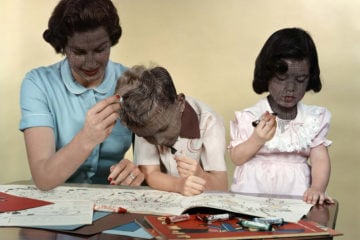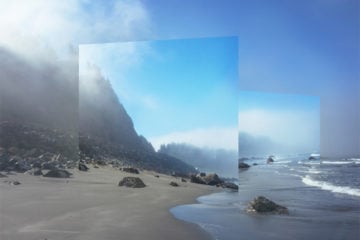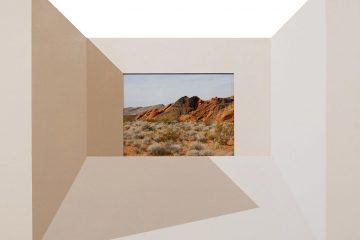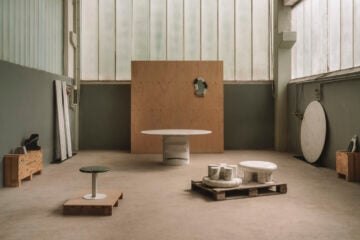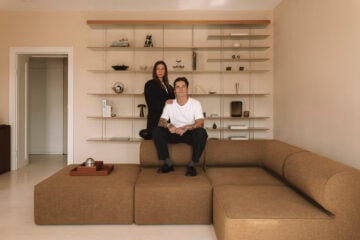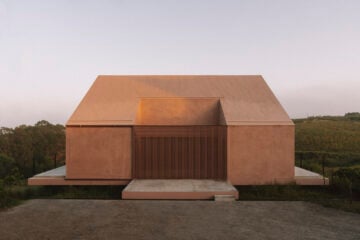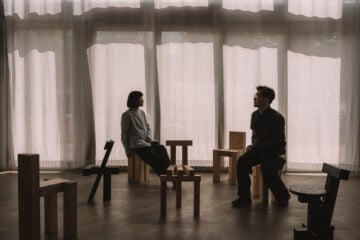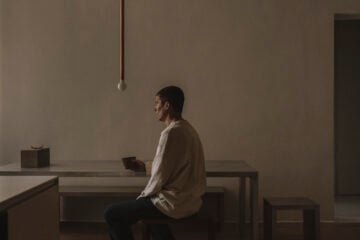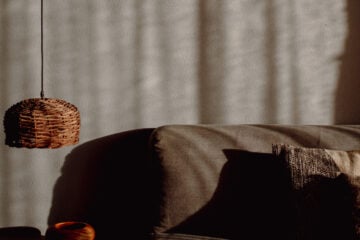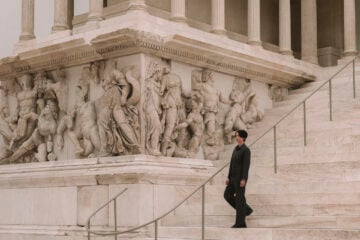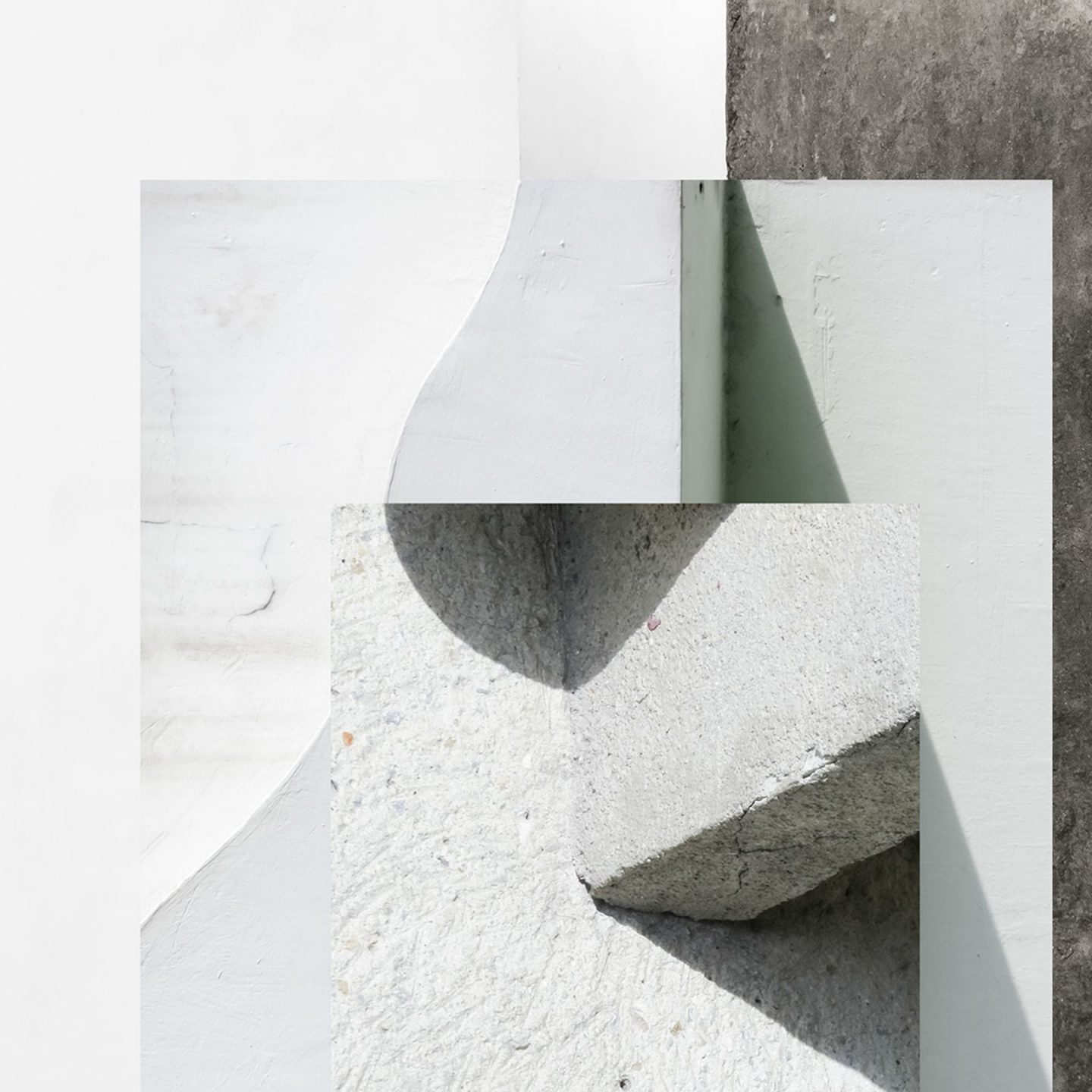
Squares Within Squares By Leo Ureña
- Name
- Leo Ureña
- Images
- Leo Ureña
- Words
- Rosie Flanagan
In a series of collages made from photographs of places in New York, Ciudad de México and San Jose, Costa Rican photographer Leo Ureña develops a series of pleasant abstractions that take you inside one square, and then another.
The series layers cityscapes; the images themselves become frames, altering the way we interpret what we see inside them. Ureña is a photographer, graphic designer, and publisher. His future, he tells us, is a mystery. As he flits so easily between creative genres — this series of collages seem the most appropriate way to introduce him. We caught up with him to gain further insight into his photographic process and this series of collages.
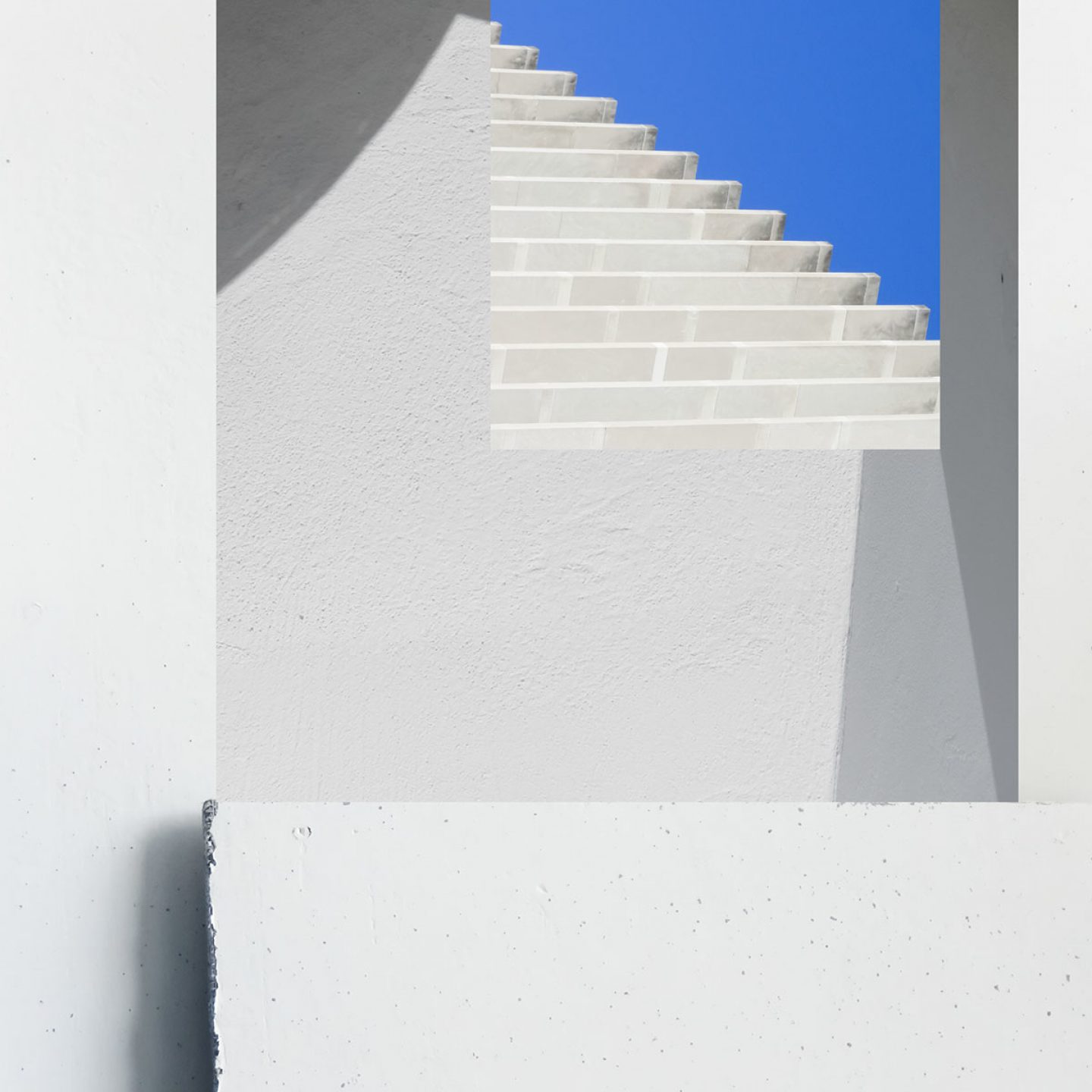
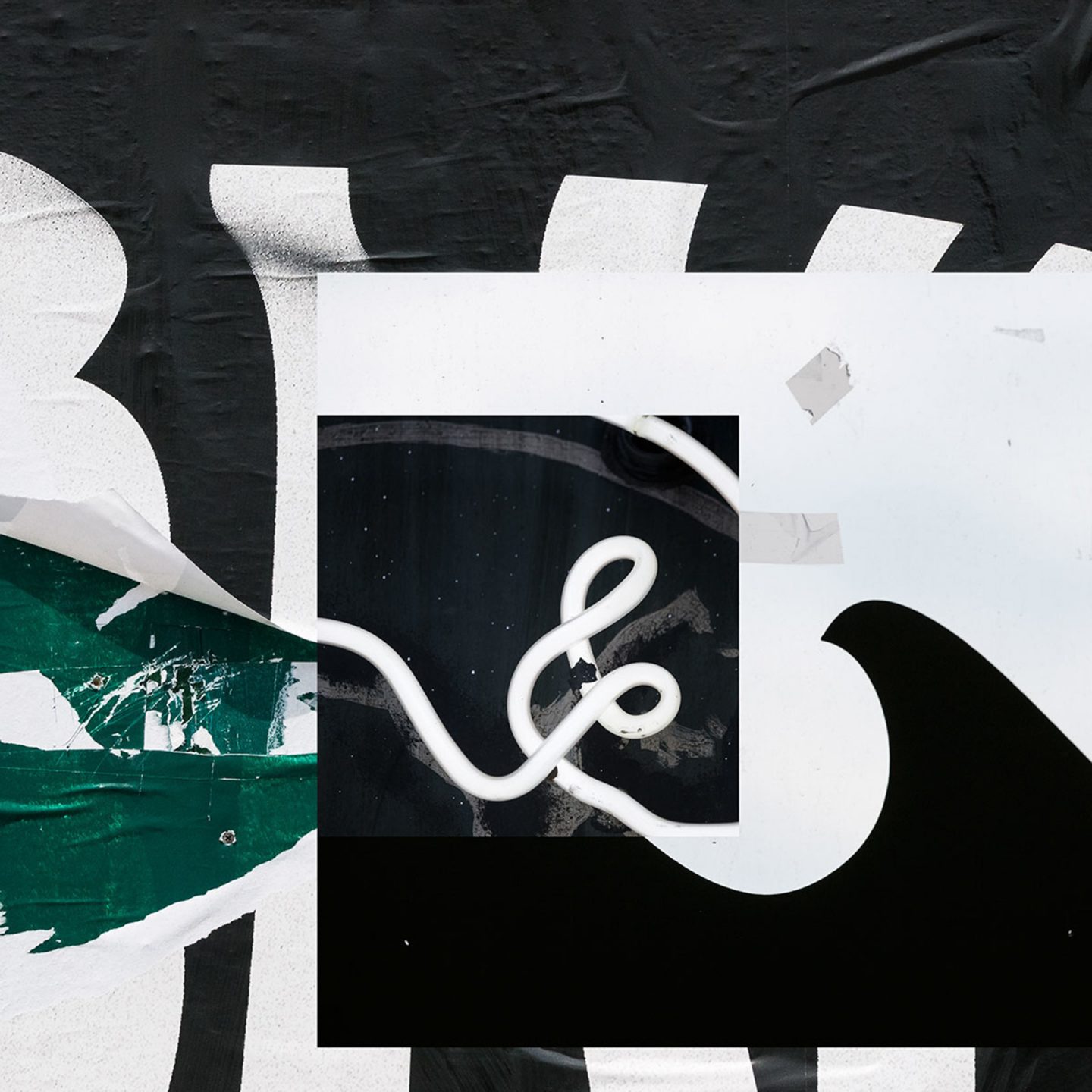
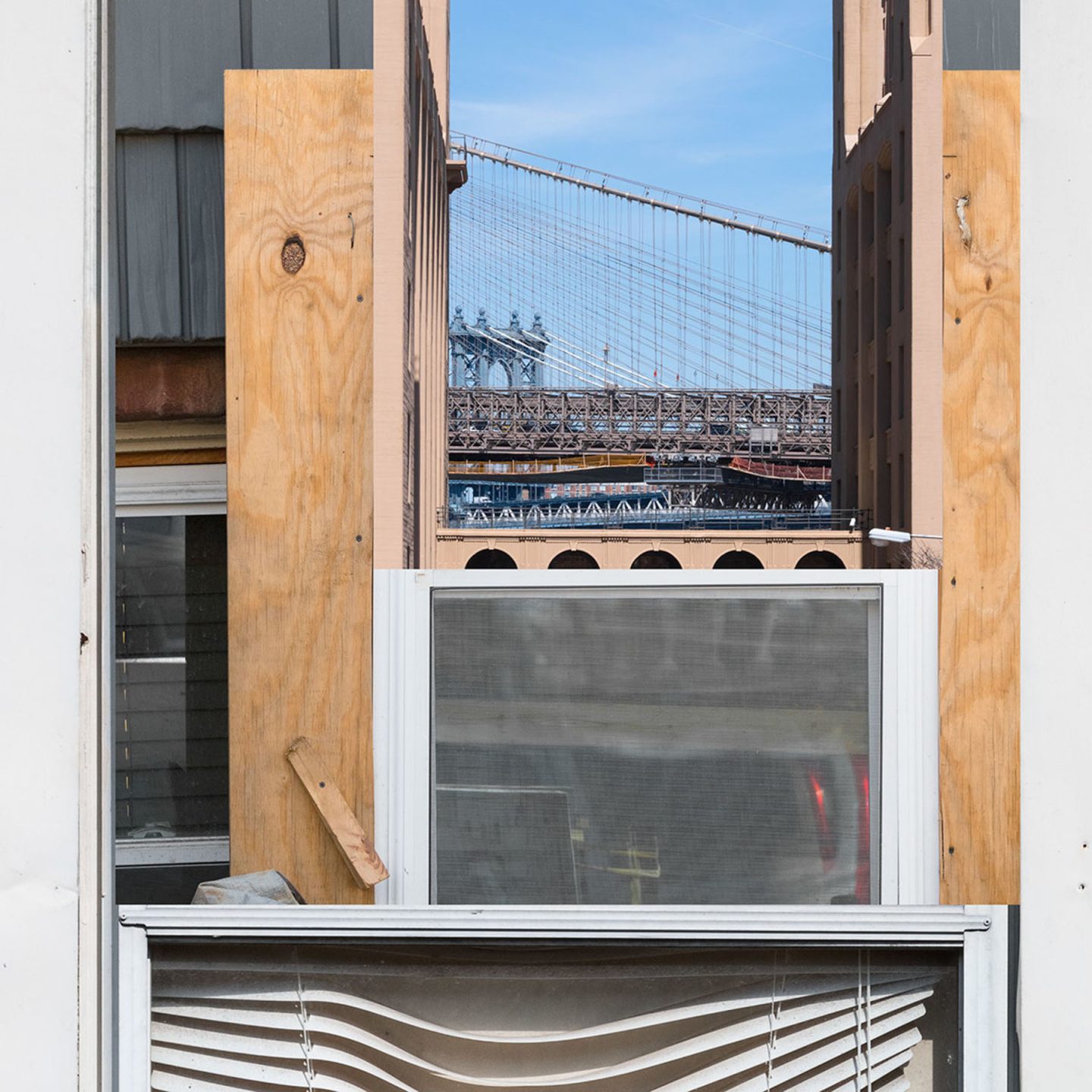
Where is this series taken?
The collages are actually composed of photographs from different periods of time and different locations (San José, other places in Costa Rica, New York, Ciudad de México). I started taking photos with my phone about three or four years ago. Having a camera with me at all times was definitely something new to me, I think that was decisive. It started more as a curiosity for the visual and as a means of communicating with friends who were away. So, I opened an Instagram account to share things. Back in the day, it wasn’t what it is today, not everyone had a profile there so it felt more private, if that makes sense! Soon I found out about other people in other parts of the world who were taking photos of the streets. Always with my phone in my pocket, I was ready to take photographs of things or situations I found on my way to work, or wherever I went. Focused on how light was or how a certain composition could redefine what I was seeing, and trying to elude subjects. That’s how my interest in photography grew. I didn’t know anything about processing or editing images so that made me learn.
"I focused on how light was or how a certain composition could redefine what I was seeing, and trying to elude subjects."
Which camera do you shoot with?
Initially I took photos with an iPhone 5 I think, then I got small point-and-shoot camera that also fit in my pocket and that had a great zoom. Some of the images from the collages are taken with those devices, though a couple of years ago I got myself a DSLR and now a fine lens and started shooting with that. All happened very organically as my curiosity grew and my desire to produce better quality prints also became more important to me.

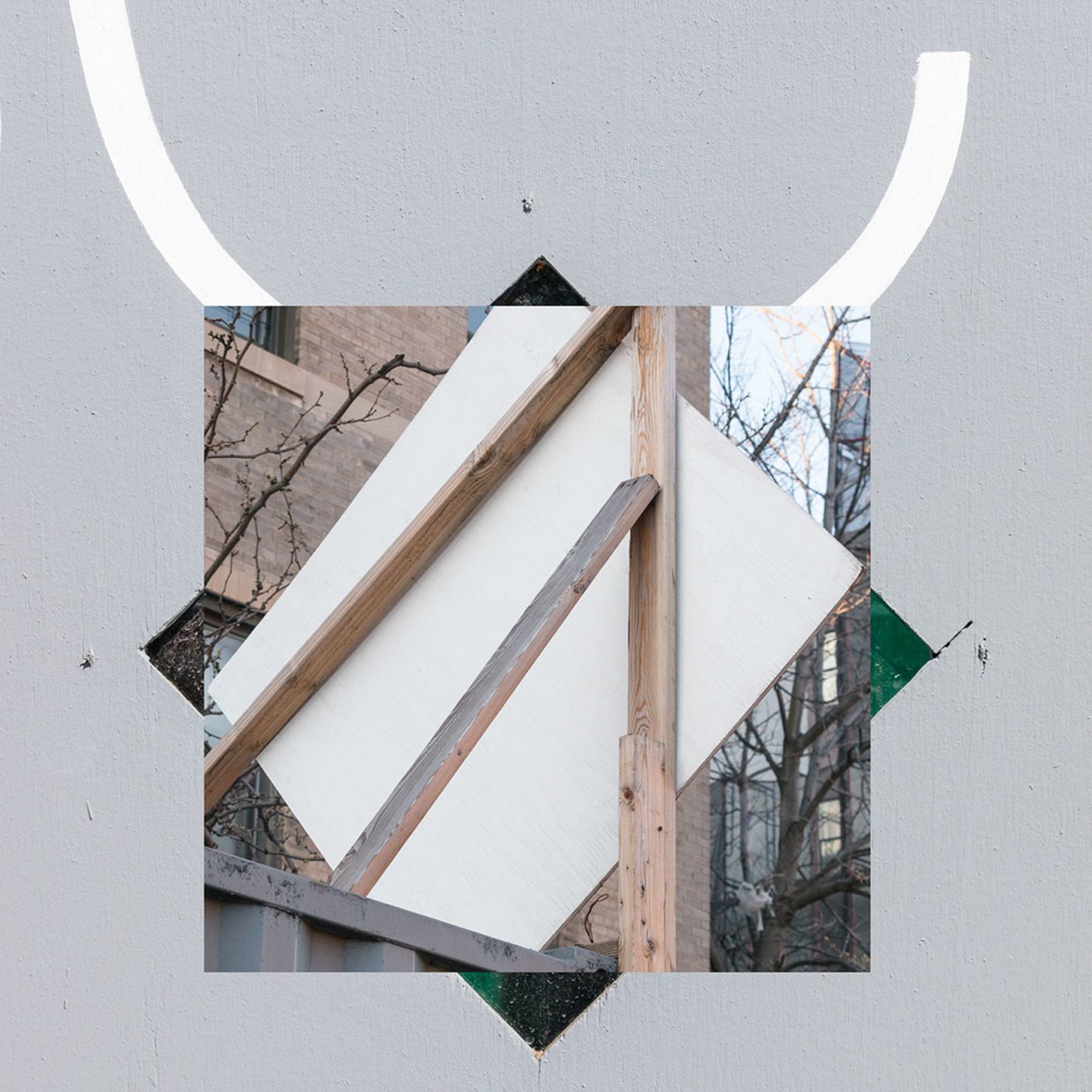
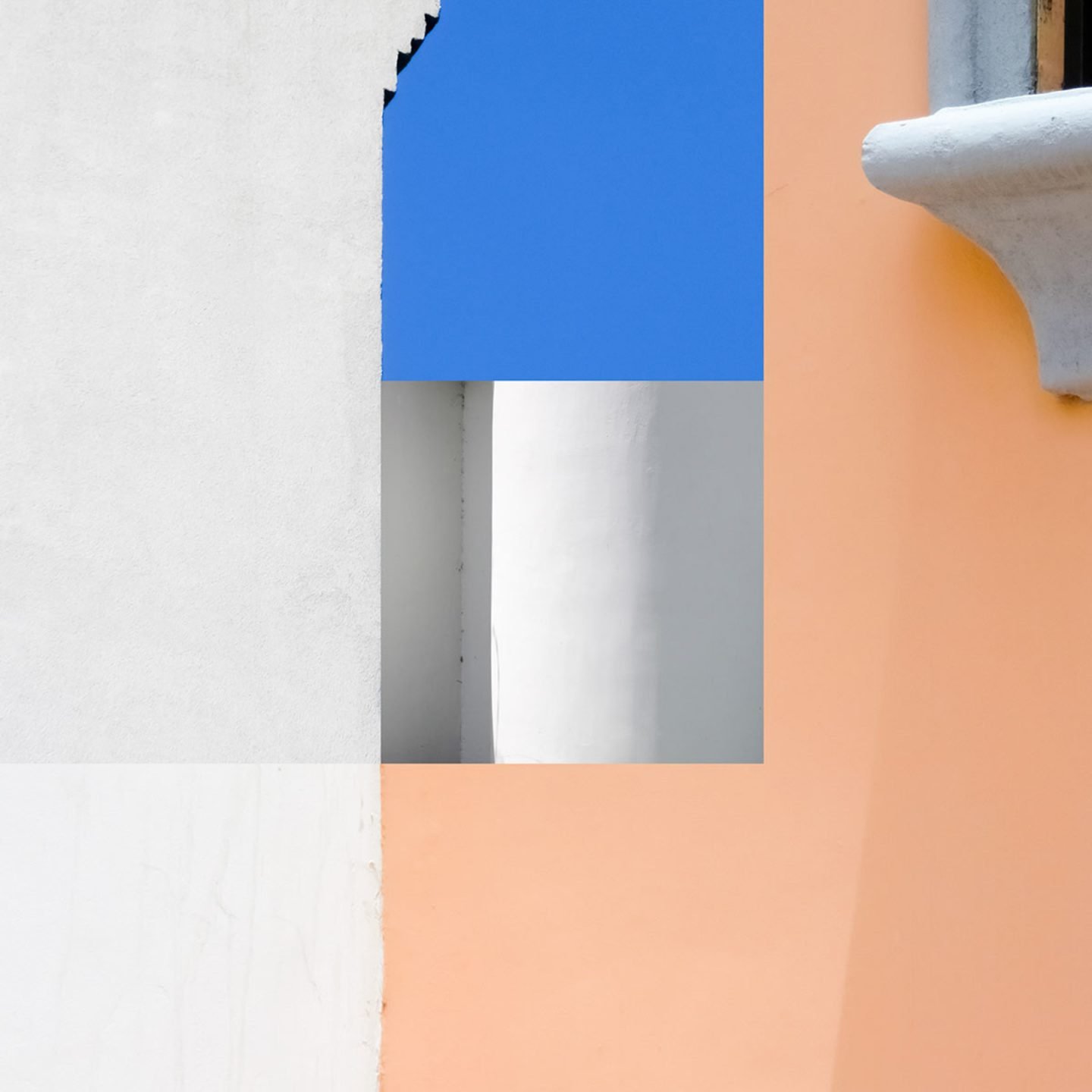
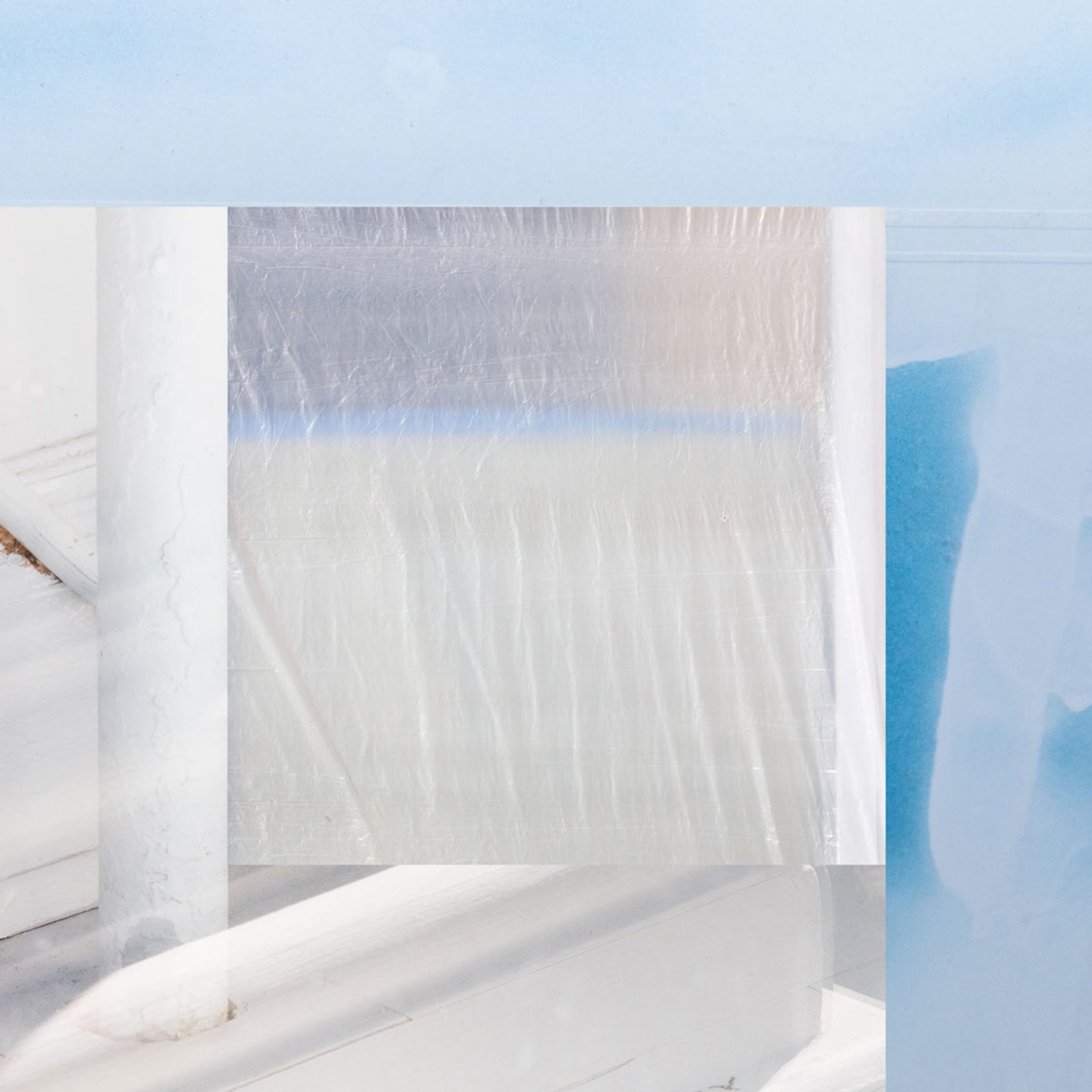
What inspired the series?
The series of collages was inspired by different things. Firstly, as a result of my daily practice of editing and photographing things I had a lot of images that I didn’t use for some reason, maybe I thought some images were not compelling enough or that something was missing. Secondly, I realized that sometimes the atmosphere got lost in what I photographed. Thinking about that — about the pass of time, about what defines a space, and about my memories of that day, about memory in general, I realized that you can describe complex situations visually. And that led me to the idea of combining images to create new spaces or situations. Not to recreate what I saw but to create a new space or a new atmosphere, a new image using images
I discarded in the past. It was a way of leaving less residue, and also a way to find a new language. One that fits in this world of multiple screens and multiple visualizations of reality that we experience simultaneously. It was all done very intuitively with the main purpose of going further with the exploration of the possibilities you get from photography.
"I discarded in the past. It was a way of leaving less residue, and also a way to find a new language."
They have a definite visual language, how did you achieve this?
One important aspect of the collages is that for their construction I set out some limits so that the possibilities were not infinite and that the combination was not entirely arbitrary. So I developed a flexible visual system that with a very few restrictions helped maintain unity throughout the series. What I mean by that is that underlying the collages lie restrictions that help define their appearance, in terms of proportion and how one square image fits inside the other. To describe these limitations doesn’t interest me, but I think is nice to know that there are some principles applied to them to make the series more coherent and maybe be perceived as a voice with a defined personality.
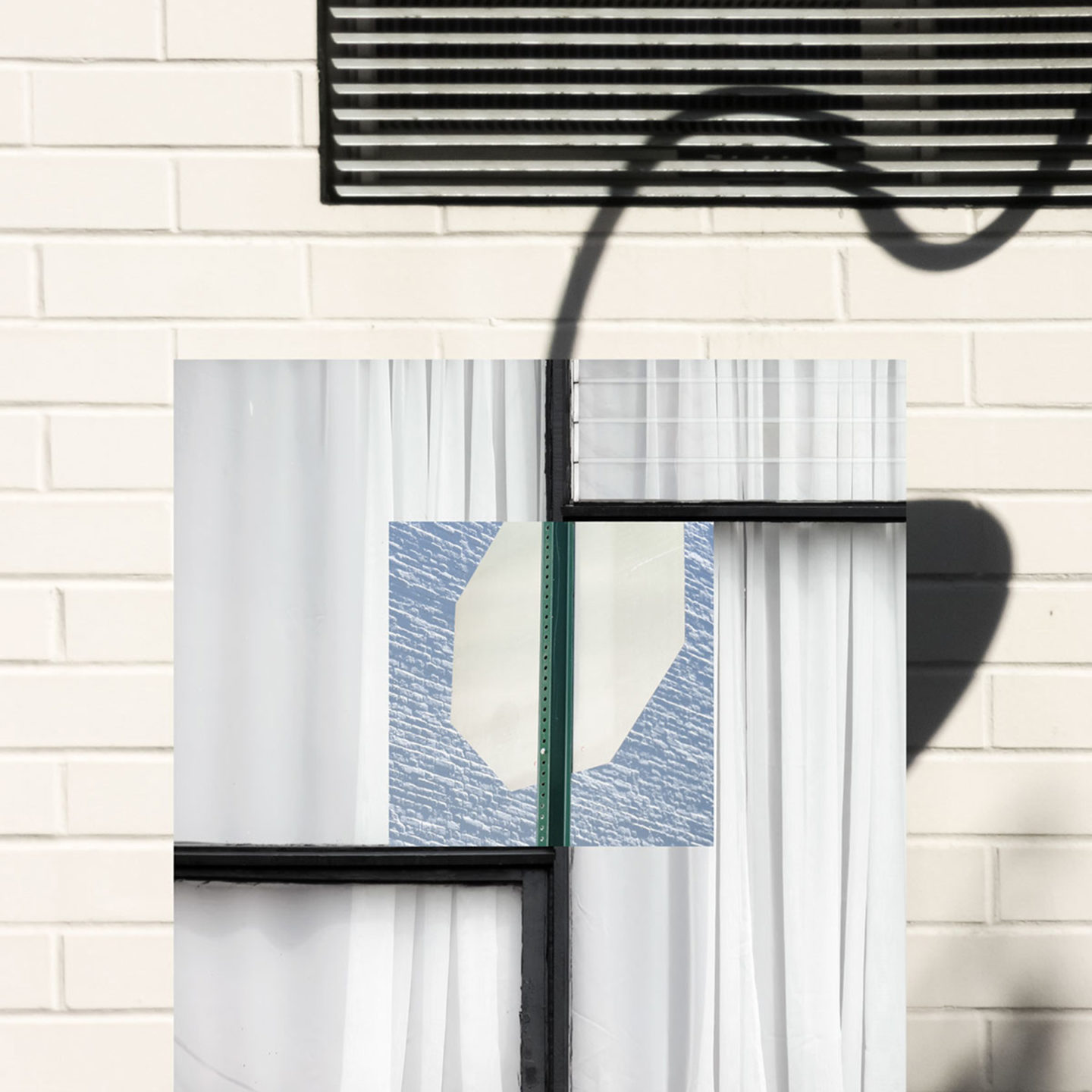
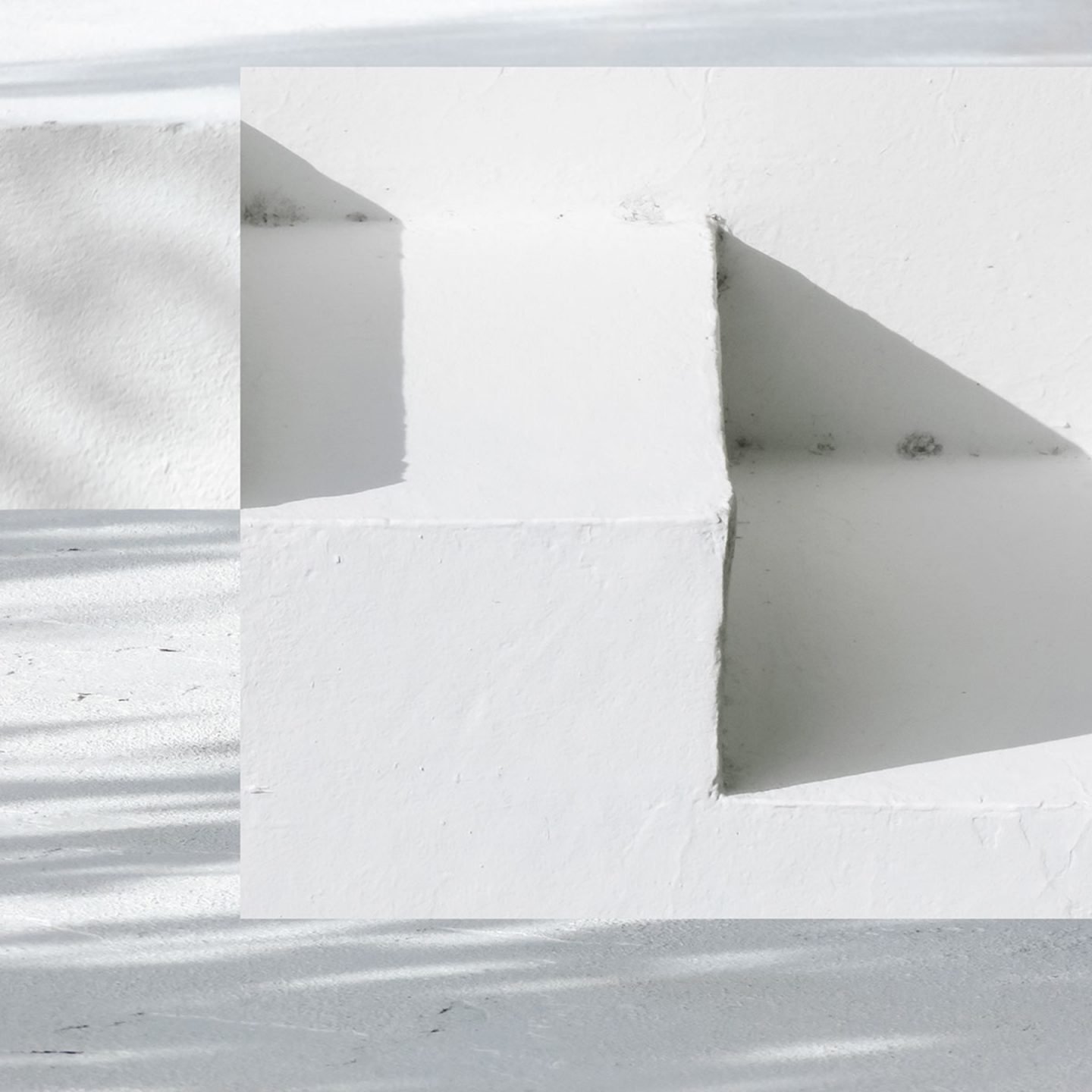
All images © Leo Ureña
